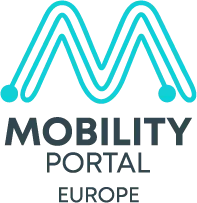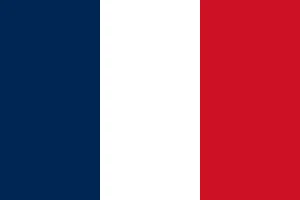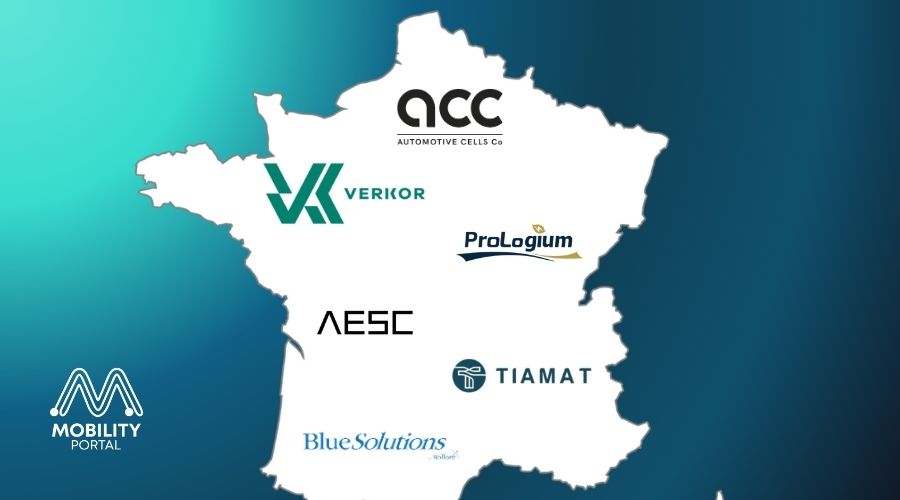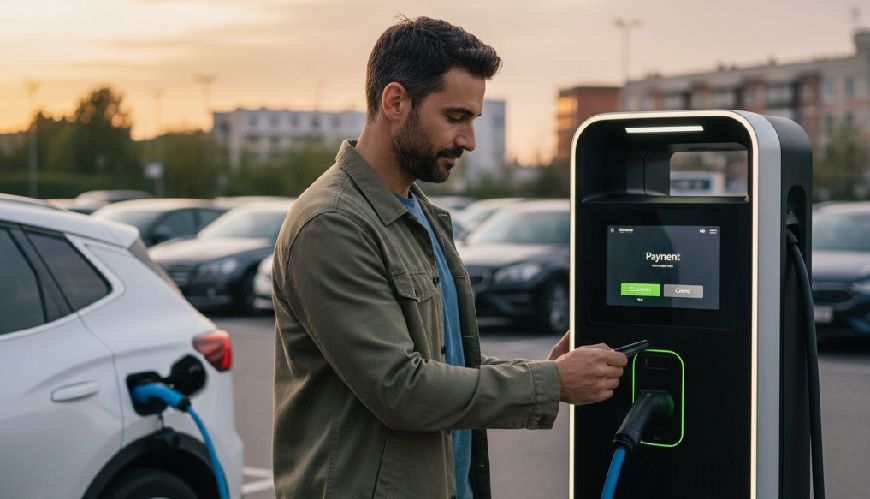The battery sector is now pivotal for two expanding markets: electric vehicles (EVs) and stationary storage.
According to Xrfi, China accounts for roughly 80% of installed global capacity, yet a relocation wave towards Europe and the United States is underwayfr, driven by massive investments and proactive industrial policies.
Amid this shift, France is positioning itself as a strategic hub thanks to the rise of a “Battery Valley” in the country’s north.
The ecosystem already shows momentum: two gigafactories in operation, a third under construction with start-up slated for 2026, and next-generation projects in solid-state and sodium-ion,
But announcements extend beyond cell manufacturing.
The country is pushing lithium extraction and refining, active cathode materials and recycling plants, aiming to close the loop and reduce reliance on imported inputs.
Why France?
The bet combines competitively priced, low-carbon electricity, public support (subsidies, credit lines and streamlined permitting), European financing and a critical mass of industry that lowers transaction costs across the chain.
The co-location of gigafactories, active material suppliers, R&D centres and recyclers creates network effects and accelerates manufacturing learning curves.
Gigafactories in operation
Automotive Cells Company (ACC)
In May 2023, France inaugurated the first of four planned plants in the north.
ACC—a joint venture between Stellantis, Mercedes and TotalEnergies—committed two billion euros, with almost half provided by the French state and local authorities.
The factory began producing lithium-ion batteries with 13 GWh of capacity, with a plan to expand to 40 GWh by 2030.
Automotive Energy Supply Company (AESC)
AESC manufactures batteries at its Douai gigafactory with 10 GWh per year, supplying Renault’s EVs.
At full scale, the site could power up to 200,000 vehicles a year.
The SOP event was attended by President Emmanuel Macron, underscoring its role in France’s industrial and energy transition.
The project is backed by Bpifrance, Caisse des Dépôts, the European Investment Bank and a syndicate of commercial banks; moreover, the European Commission approved 48 million euros in state aid to boost Envision AESC France in Douai, Hauts-de-France.
Projects under construction or development
Verkor: roadmap to 50 GWh
French start-up Verkor is building its plant in Dunkirk.
The schedule foresees cell production starting in 2026, with an initial 12 GWh.
The company outlines installed capacity of 16 GWh per year and potential for three similar lines on the same site, which would bring output to 48 GWh. As demand grows, plans envisage up to 50 GWh.
To finance the project, Verkor secured over 1.3 billion euros in green financing, including a 400 million euros EIB loan.
A core differentiator is Verkor’s aim to produce cells with a low carbon footprint.
ProLogium: solid-state with €5.2 billion investment
Taiwan’s ProLogium chose France in mid-2023 for its first overseas solid-state battery gigafactory, after evaluating 90 sites across 13 countries.
Decisive factors included low-carbon, cost-competitive electricity and the northern ecosystem clustering AESC (Douai), ACC (Douvrin) and Verkor (Dunkirk).
The plant will be the fourth in the “Battery Valley” and could start production in late 2026 or early 2027, subject to consultations.
Total investment stands at 5.2 billion euros, financed through equity, debt and public support.
Shareholders include Mercedes-Benz and VinFast.
Blue Solutions: solid-state LMP
Blue Solutions, a Bolloré SE subsidiary, is developing a gigafactory focused on lithium-metal polymer (LMP) solid-state batteries, a next-generation technology offering advantages in safety, cycle life and energy density.
The plan entails 2.2 billion euros and 25 GWh per year by 2030, creating around 1,500 jobs.
The company already runs a plant in Ergué-Gabéric (near Quimper) since 2013, and expects the new facility to complement current production.
Its LMP batteries are deployed in electric buses and stationary storage, where thermal stability and a non-flammable composition are prized in safety-critical settings.
Tiamat Energy: sodium-ion
French company Tiamat Energy—a CNRS spin-off—plans a sodium-ion factory with 5 GWh per year and up to 1,200 jobs in Hauts-de-France.
The first phase (0.7 GWh) is scheduled for late 2025, with 5 GWh targeted by 2029.
Initially, it will produce cells for power tools and stationary storage, before moving to new generations for automotive.
The firm closed a first 30 million euros round, with Stellantis, Arkema and MBDA joining existing investors and Bpifrance; it aims to raise 150 million euros overall through grants, loans and equity.
Globally, sodium-ion interest is rising: BYD and Huaihai announced a 30 GWh plant in China; CATL and China’s Zoolnasm also plan production from 2024.
What’s next
With ACC and AESC already producing, Verkor under construction and ProLogium, Blue Solutions and Tiamat advancing, France is shaping a technology mix spanning lithium-ion, solid-state and sodium-ion.
The next milestones will be capacity ramp-ups (2026–2030) and process industrialisation for new chemistries.
READ MORE
-
Joan Groizard convoca un acuerdo político para sostener ayudas eMobility y urge una reforma fiscal
En la VEM, Mobility Portal recoge en exclusiva el análisis del Secretario de Estado de Energía: fondos del Moves que “han quedado cortos” y un mercado que ya roza el 18% de cuota eléctrica.
-
France accelerates its “Battery Valley”: map, figures and timelines
With two plants in operation and four on the way, France is scaling across the value chain: lithium-ion cells, solid-state and sodium-ion—plus investments in materials and recycling. Here is the project-by-project status.
-
New Payment Solutions: CharIN and EMVCo work to make EV charging simple and reliable
CharIN and EMVCo’s new joint initiative brings together global industry leaders to discuss how EMV-based payments can work alongside ISO 15118 Plug & Charge systems in an open, secure, and interoperable way.










